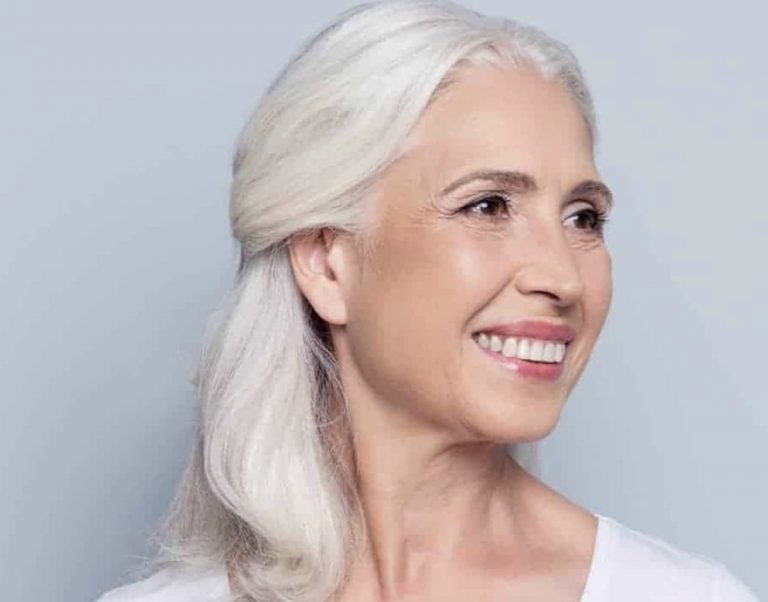It is no secret that cosmetic procedures have become increasingly popular over the past few years. From lip fillers to butt enhancements and jawline contouring, cosmetic procedures have become common amongst all ages from people in their 20s to seniors. With the growth of cosmetic treatments, there has also been an increase in minimally invasive and non surgical treatments, which are slowly beginning to take over the market as most people will opt for the non surgical route if it is presented to them as a possibility. Doctor’s offices such as Dr. Schwarzburg’s cosmetic dermatology offers such treatments, allowing you to get your procedure administered in a comfortable clinic, rather than a hospital bed. One of the more common minimally invasive aesthetic treatments today is the non surgical face lift, which can be achieved through the use of various methods. Keep reading for more information on these methods, how they work, and who they’re for.
Story Stages
PDO Thread Lift
The PDO thread lift is a more recently developed procedure that involves the insertion of barbed surgical threads, made of the same material as surgical sutures, under the skin, which are then carefully pulled upward along with the skin attached to the barbs on the threads. This creates a lifting effect with instant results. While the treatment does require local anesthesia, it is still minimally invasive and does not involve any kind of surgical intervention. This also means that you don’t have to go to a hospital or operating room to get the results you want, and instead, can get your PDO thread lift in a more comfortable setting at Skinly Aesthetics. PDO threads can be used in a number of treatment areas, but the most common ones involve the mid and lower face, as well as the neck, as has been described in this resource. Because PDO threads are fairly new in the United States, be sure to do your research so you get them done by a trained professional.
Liquid Face Lift
A liquid face lift can be a combination of various injectable treatments, including dermal fillers and neurotoxins. As we get older, our faces lost fat and tissue volume, making us look hollow, gaunt, and older, Using dermal fillers such as Juvederm, Restylane, and other Hyaluronic acid based fillers, these hollow areas can be filled in, resulting in a younger, plumper, and more youthful appearance. This is particularly common in the under eyes and cheeks and is often combined with Botox or other neurotoxins to eliminate fine lines and wrinkles which may also be the result of aging, sun damage, and dry skin. In some cases, people have very mild beginning signs of sagging skin, which is not nearly enough to require any kind of face lift or even PDO thread lift. When this occurs, for example in the mid and lower face or around the jowls, dermal filler can be used to fill in these folds, such as the smile lines, resulting in an instant lifted appearance. Similarly, people may get jawline fillers to fill in small amounts of sagging skin to reduce the appearance of laxity around the jawline. This is often combined with various other treatments for overall jawline contouring. You can learn more about other treatments used for jawline contouring by checking out this link.
Ultherapy
Ultherapy is a non-invasive treatment that involves the use of Ultrasound energy that reaches deep layers of tissue, causing controlled heat damage, and ultimately tightening the treatment area from the inside out. The treatment requires multiple sessions for optimal results, and is most commonly used around the jawline, making it another non-invasive treatment to be used as an alternative to a face lift. Ultherapy is often combined with other treatments and certainly isn’t for the faint of heart, as it has been described as quite painful based on patient reviews.
Non surgical face lifts can be used in most cases, though surgical face lifts are often still recommended for people who have reached severe points of sagging. PDO threads are typically suggested for people who are showing mild to moderate sagging, while a liquid face lift is even more common amongst the younger population ranging ages 20 through 40. Ultimately age doesn’t really matter, as long as your physical traits match the criteria making you a candidate for each treatment. Whatever treatment you decide to go for, please be sure to get it done by a board certified medical professional to ensure safe and effective results!
